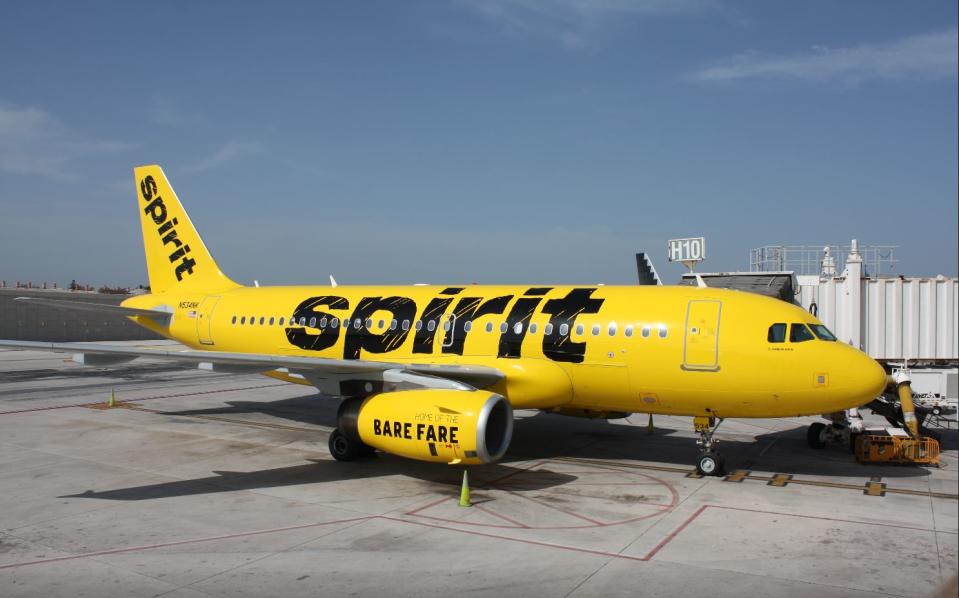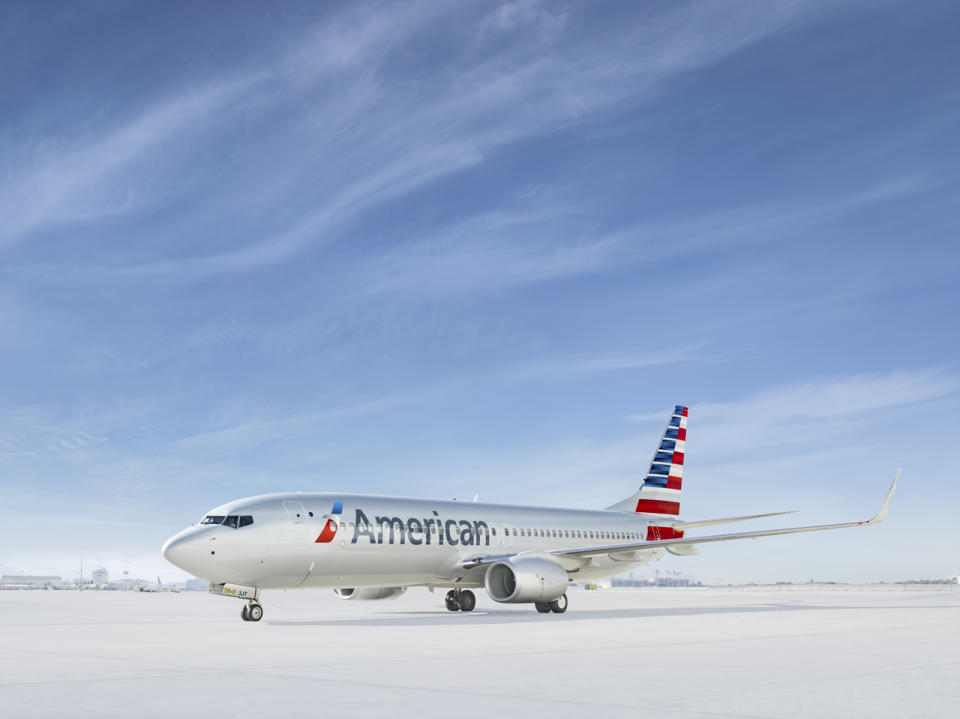Spirit Airlines Isn't Avoiding the Competition Anymore
In the first few years after its 2011 IPO, Spirit Airlines (NYSE: SAVE) seemed practically invincible. The carrier used its rock-bottom cost structure to undercut traditional airlines' fares, enabling it to quickly gain market share while producing industry-leading margins.
That changed quickly beginning in 2015. The legacy carriers, led by American Airlines (NASDAQ: AAL), began matching Spirit's fares, driving sharp unit revenue declines. Spirit Airlines eventually responded by shifting most of its growth into small and midsize cities, as well as big leisure markets like Florida, rather than fighting for market share in the biggest hubs.
However, Spirit Airlines recently started targeting legacy carriers' biggest hubs for growth once again. Is the budget airline risking another devastating competitive response?
Price matching crushed Spirit's profitability
When Spirit Airlines was just a tiny upstart, larger rivals most ignored it. That encouraged Spirit to grow rapidly in big markets such as Dallas and Chicago, both of which are major hubs for American Airlines.

Spirit Airlines added lots of routes in big cities after its IPO. Image source: Spirit Airlines.
As Spirit grew, competitors became more fearful of its expansion. In 2015, American Airlines executives noted that 87% of the airline's unique customers fly with American once a year or less, and those passengers account for more than half of its revenue. Management concluded that the company could not risk losing those customers by being underpriced, and so it launched an aggressive campaign to match the rock-bottom fares from the likes of Spirit Airlines. United Continental eventually followed suit, as did Delta Air Lines, to a lesser extent.
This sharp shift in the industry's competitive dynamics caused Spirit's revenue per available seat mile (RASM) to plummet 14.7% in 2015. RASM fell another 9.6% in 2016.
Initially, plunging fuel prices offset the unit revenue declines. Spirit Airlines generated a record adjusted pre-tax margin of 23.4% in 2015. However, as soon as fuel prices began to recover, the company's profitability receded rapidly. Spirit's adjusted pre-tax margin fell from 21.3% in the first half of 2016 to just 8.9% in the first half of 2018.
Fortunately, Spirit Airlines executives realized a strategy shift was necessary long before the carrier's profitability bottomed out. As a result, Spirit has pared its route network in Dallas and Chicago, while growing rapidly in big leisure markets like Orlando, Fort Lauderdale, Las Vegas, and New Orleans. Importantly, none of those four airports host a legacy carrier hub.

American Airlines' price matching forced Spirit to change its route strategy. Image source: American Airlines.
Creeping back into the big hubs
2019 is still young, but Spirit Airlines has already announced that it will start service in four new markets this year: Austin, Indianapolis, Raleigh-Durham, and Charlotte. The airline's expansion plans indicate that it is looking to add flights in some of the legacy carriers' biggest hubs again.
From Austin, Spirit is flying to the big leisure markets of Fort Lauderdale, Las Vegas, Orlando, and New Orleans. However, by the end of May, it will be serving five big legacy carrier hubs from Austin as well: Atlanta, Chicago, Denver, Detroit, and Los Angeles. In addition, Spirit Airlines now flies from Austin to Baltimore-Washington International Airport (BWI), which competes with nearby American Airlines and United Airlines hubs in the Washington, D.C. area.
Spirit Airlines will also serve a mix of leisure destinations (Fort Lauderdale, Orlando, and New Orleans) and hub markets (Boston, BWI, Detroit, and Chicago) from Raleigh-Durham. Even more surprisingly, at the time that it announced the new Raleigh flights, Spirit Airlines also unveiled a summer seasonal route between Atlanta and Denver, two busy legacy carrier hubs.
The boldest move of all came earlier this month, when Spirit Airlines decided to launch flights from Charlotte to BWI, Fort Lauderdale, Orlando, and Newark. Spirit had deliberately avoided Charlotte for many years, as it is a fortress hub for American Airlines and has a comparatively small local market.
Still, Spirit hasn't completely abandoned its leisure market strategy. In Indianapolis, it plans to serve just three cities, all of which are important leisure markets: Orlando, Las Vegas, and Myrtle Beach, South Carolina.
Testing and learning
Most of Spirit Airlines' leisure market routes from Austin, Indianapolis, Raleigh-Durham, and Charlotte should thrive. On the other hand, it's not clear how Spirit will do on the routes it is adding to other airlines' hubs. A lot depends on how aggressively the legacy carriers respond.
However, cities such as Atlanta, Chicago, Denver, and Detroit are big markets, and Spirit Airlines has already had some success there. It can't avoid growing in these places forever. The carrier's 2019 plan entails relatively modest growth at these legacy carrier hubs, and Spirit can wait to see how the new routes perform before deciding on its next move.
It's possible that Spirit Airlines will face another wave of aggressive price-matching behavior, in which case it may choose to cut some of these routes and redeploy the capacity elsewhere. But it's equally possible that the incumbents will be more careful about protecting their own margins this time around, since fuel prices have risen since the 2015-2016 period. If that's the case, 2019 is likely to be an incredible year for Spirit Airlines.
More From The Motley Fool
Adam Levine-Weinberg owns shares of Delta Air Lines and Spirit Airlines and is long January 2020 $20 calls on American Airlines Group. The Motley Fool owns shares of Delta Air Lines and Spirit Airlines. The Motley Fool has a disclosure policy.

